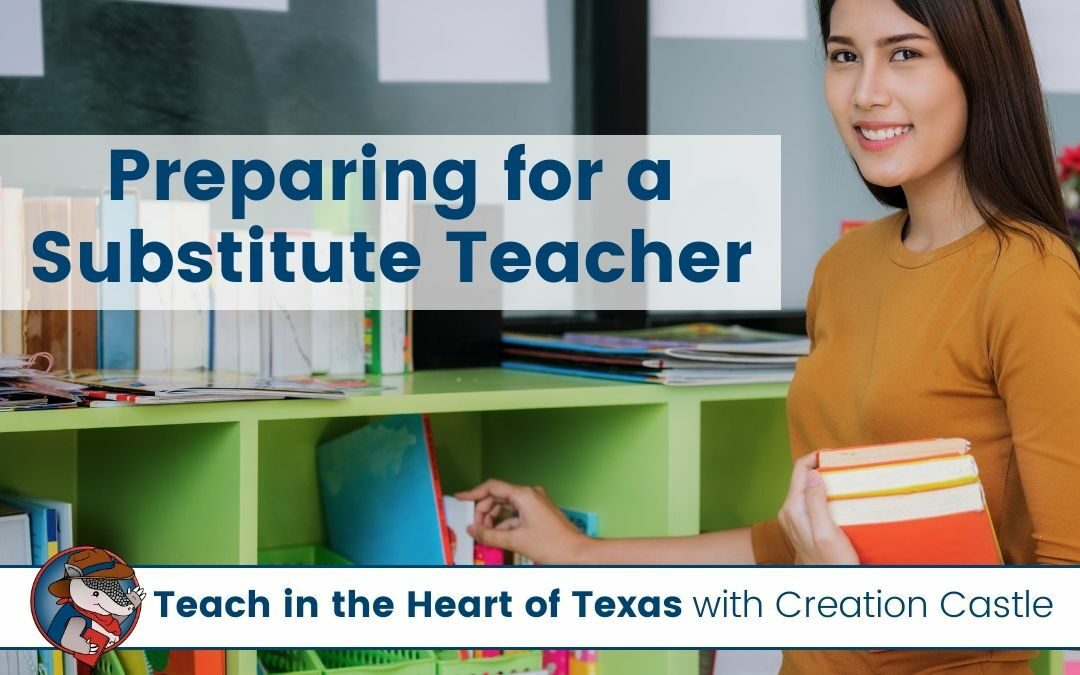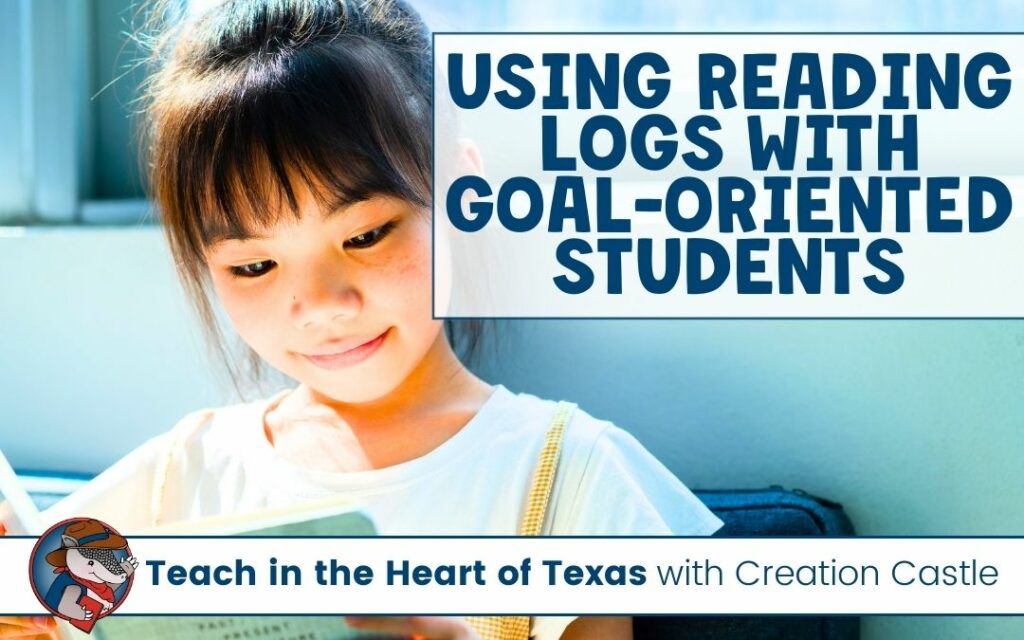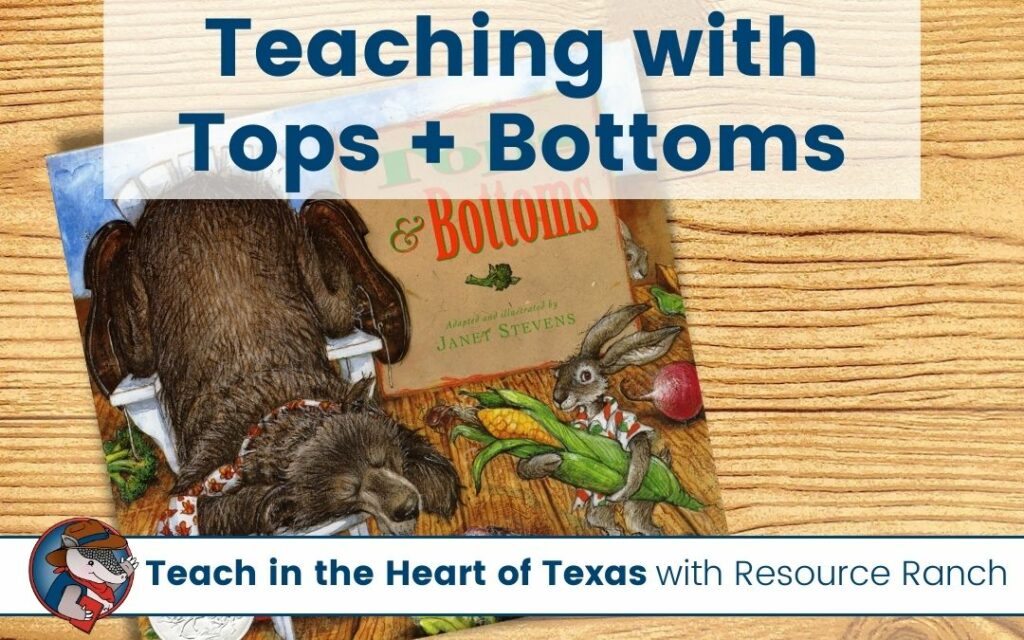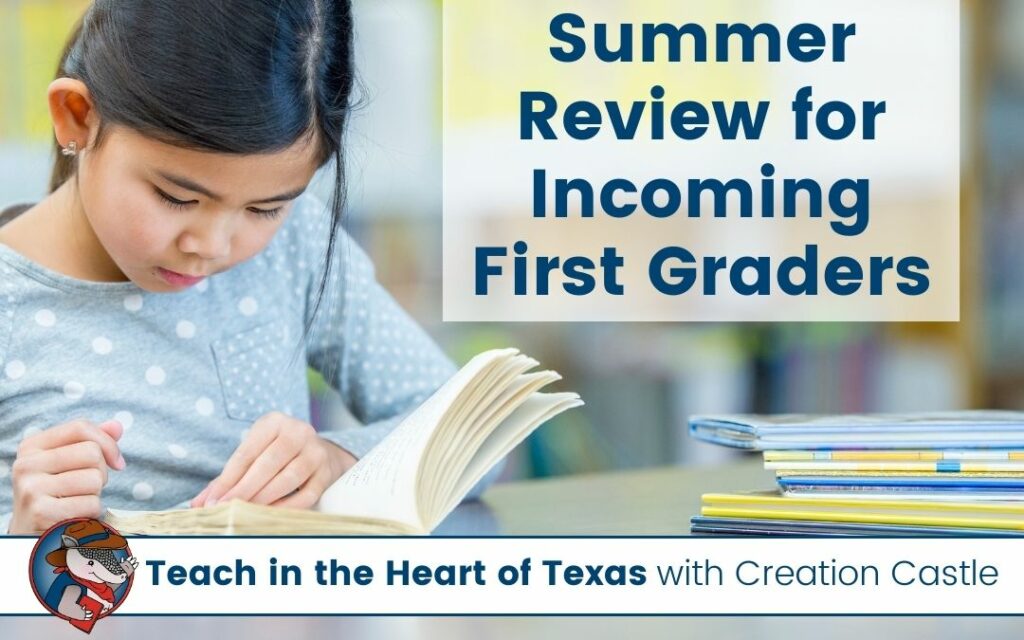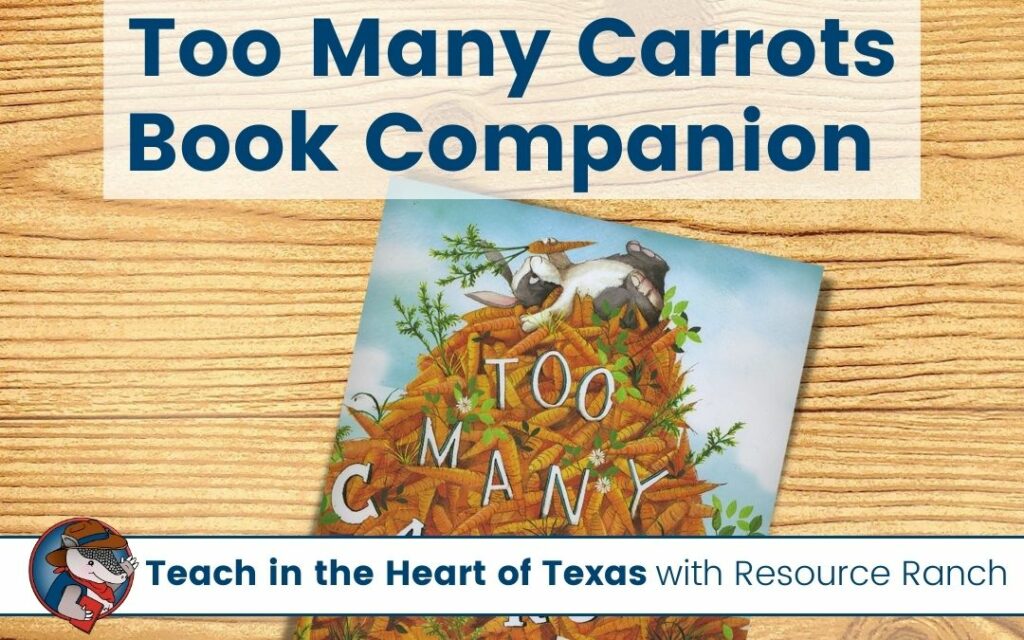Imagine you are a substitute teacher. Scary, I know. There are two classroom doors in front of you. To the left is a clean, organized classroom. There is a single stack of papers on the table. Detailed lesson plans are followed by clearly marked activities for the day. To the right is a slightly disheveled classroom (that’s okay… it happens to the best of us). There are piles of paper everywhere – none clearly marked. Buried somewhere on the desk there is a single sheet of paper with the daily schedule and a few notes jotted down in the margins.
Which classroom would you want to be the substitute teacher in? Unless you are the Mary Poppins of subbing and can make anything work with your magic carpet bag, you would probably choose the door to the left. So would I.
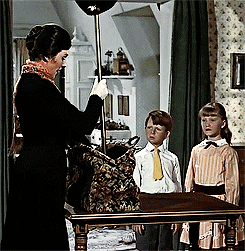
Each time a new substitute teacher walks into your classroom, it’s likely they have some anxiety about how the day is going to work out. Most people feel more at ease when they know what is going to happen, when it will happen, and how to make it happen. That doesn’t mean you can leave out your weekly lesson plans and a daily schedule and assume your sub can figure it out from there.
You are in your classroom so much, you don’t always think about the little things. You know you won’t leave your classroom until lunchtime. So each day you find a natural stopping point between 9 and 10 to enjoy a brain break. Without taking that break your students will be climbing walls restless and unfocused. Do you know who doesn’t know that? Your substitute teacher.
So what can you do to make your substitute’s day easier? Give them as much essential information as you can.
Essential Information for a Substitute Teacher
Class Roster
A simple list will do, but if you have student pictures next to each name that would be even better
Daily Schedule
Your students are used to your routine, so try to keep it as normal as possible in your absence
Lesson Plans
There is no need to micromanage or leave a script for your subs, but leaving detailed lesson plans will help your substitutes through the day and give you a better chance of not having to re-teach the lessons when you return
Specials Schedule
If this isn’t posted in your room, make sure you specify where your students go for specials each day (and note if they need to be dropped off and/or picked up)
Student Expectations
Every class has different rules, so make sure your substitute is aware of what you expect from your students
Discipline Procedures
No matter how wonderful your class is, some students will try to tell your sub that you don’t care if they stand on their desk or turn in their assignments – let the sub know the if/then procedures you have in place
Emergency Information
What happens in the case of a lockdown, fire drill, extreme weather, etc?
Student Information
Note any students that have allergies or special needs
School Map
You may be able to walk around your school backward with your eyes closed, but remember your sub may not even know where the restroom is
Log-in Information
Leave a list of computer log-ins and student lunch numbers
Substitute Notes
Give your subs a place to write down notes about student absences, behavior issues, what was accomplished, etc.
Prepare for a Substitute Teacher in Advance
Have you noticed anything yet? Most of this information will not change throughout the year. That means you can prepare a one-stop resource for your subs to use all year long! I’ve created an editable substitute binder to help you keep all these materials neatly organized. You can utilize this management tool to significantly cut down on the time it takes you to prepare for a substitute. Prep the binder at the beginning of the year and use it anytime you plan to be out. Better yet, if you have an unexpected absence due to an emergency, most of your sub prep will already be done!
So put yourself in the shoes of your substitutes. What kind of classroom would you want to walk into?

Creation Castle
Heather is the author of Creation Castle. She has experience with general education, special education, and ESL students in kindergarten through fifth grade. She specializes in early elementary math and literacy, as well as organization.

